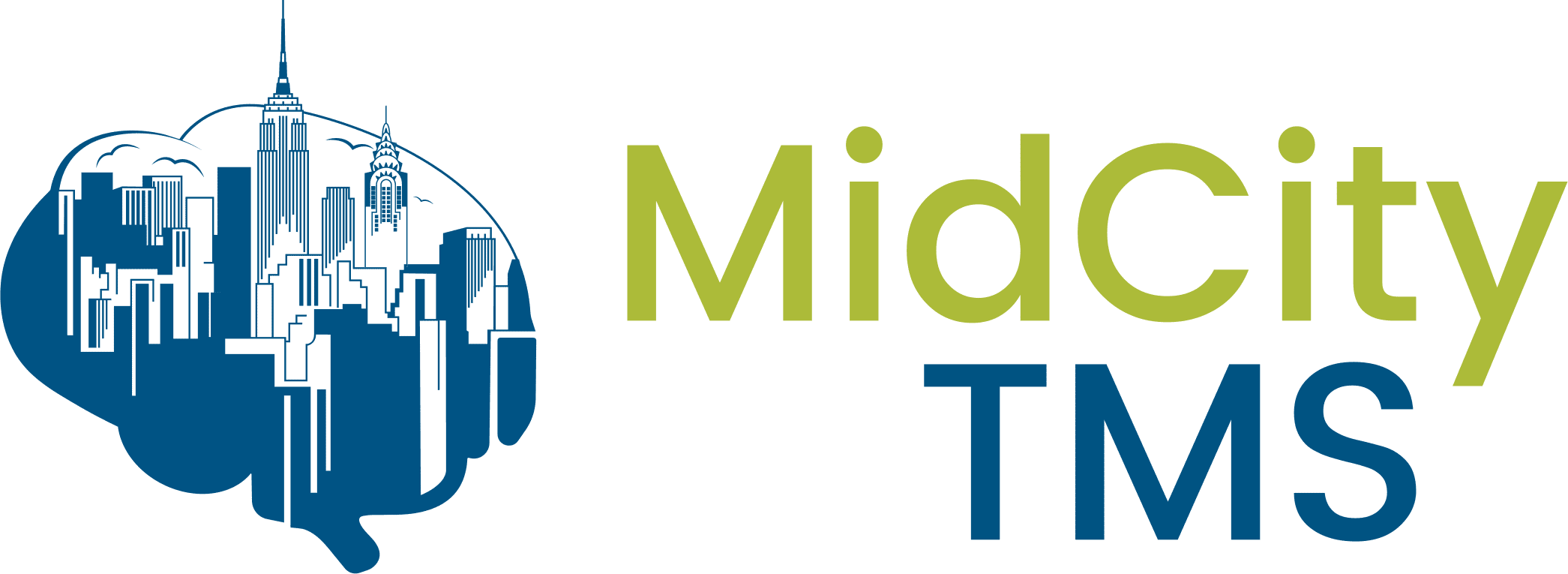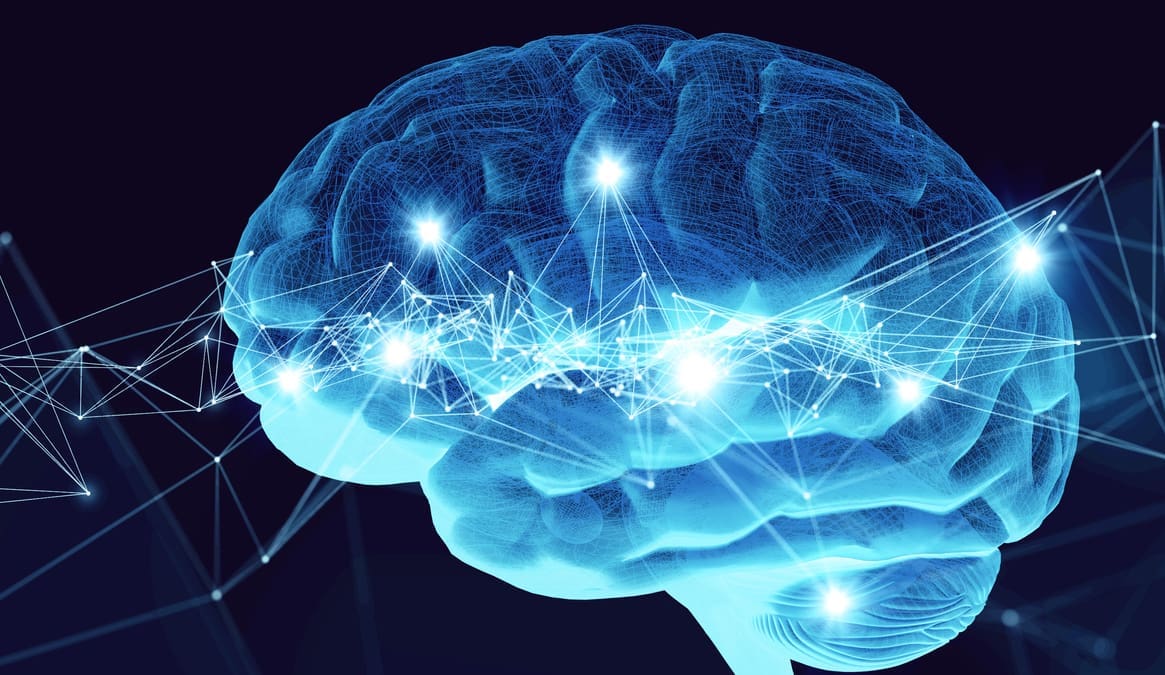Many patients struggling with depression have tried treatments, including medication and therapy. But, when those strategies aren’t working, many people wonder what the similarities and differences are in ECT vs. TMS.
Transcranial magnetic stimulation (TMS), also known as repetitive Transcranial Magnetic Stimulation (rTMS), is a targeted form of brain stimulation therapy used to treat depression, anxiety, and other mental illnesses. The treatment involves the use of a magnet to stimulate a specific area of the brain that is underactive in patients with these mental illnesses. TMS is typically used when other treatment options haven’t been effective. On average, patients attend five 20 minute TMS sessions per week for six to eight weeks.
The History of ECT vs. TMS
Electroconvulsive therapy, also known as ECT, emerged in the 1930s, and unlike TMS, it works by inducing seizures with electricity. Though an estimated 100,000 Americans receive ECT regularly, the treatment has had a complicated history. Fueled by both medical misuse and sensationalist media portrayals, public opinion of ECT shifted, and many began to perceive it as a form of medical abuse. While the vast majority of patients nowadays safely receive ECT under proper medical supervision, the history of the treatment still prompts skepticism in many people.
TMS is a nonconvulsive and noninvasive brain stimulation treatment that does not rely on seizures being caused in patients. While the history of TMS is linked to early bioelectricity experiments in the 1970s, it did not come into its own until 1985, when Dr. Anthony Barker created the first transcranial magnetic stimulation device. Dr. Barker’s tests proved that magnetic fields could produce physical and mental changes in patients, while they remained wide awake.
In the 1990s, scientists showed that TMS was a safe and effective treatment for depression and other mental illnesses. In 2008, the United States FDA approved the use of TMS for depression, and in 2010, the American Psychiatric Association listed TMS as a mainstream depression treatment in its Practice Guideline for the Treatment of Patients with Major Depression.
The Side Effects of ECT
ECT purposefully causes a brief seizure. ECT is used to treat mental health conditions, usually severe and treatment-resistant depression. Less commonly, it is used for severe mania and catatonia.
Before the procedure, you may have a brief physical exam, and electrode pads will be placed on your head to focus the treatment’s electrical currents. General anesthesia and a muscle relaxant are administered to the patient before the procedure in order to minimize the effects of the seizure.
After waking from an ECT procedure, some side effects may include:
- Confusion. More common in older adults, ECT may cause confusion lasting usually from several minutes to a few hours.
- Memory loss. The majority of memory loss associated with ECT involves difficulty remembering events directly before treatment, but sometimes it may affect your memory from the previous weeks or months.
- Physical side effects. While ECT is generally used as a treatment for mental health disorders, it can have serious physical side effects including nausea, headaches, jaw pain, and muscle aches.
- Heart rate and blood pressure increase. During ECT, a patient’s heart rate and blood pressure increase, and these changes can lead to ongoing health issues.
- Heart problems. Changes in heart rate caused by ECT can cause more serious heart problems, and the treatment is riskier for those with a history of heart problems.
Possible Side Effects of TMS
TMS does not cause any of the side effects of ECT discussed above. It does not cause a seizure and the patient remains awake.
Some patients being treated with TMS experience slight discomfort with the tapping feeling associated with each magnetic pulse; this discomfort usually subsides within the first few sessions. Other possible, but less common, side effects include:
- Feelings of lightheadedness
- Tingling in the face, jaw, or scalp
These side effects of TMS are temporary, are limited to the treatment session, and do not cause permanent harm. Your doctor may also adjust the level of magnetic stimulation or recommend an over-the-counter medicine to reduce discomfort during and after the procedure. However, the magnetic coil used in this treatment can be dangerous for anyone who has metal implanted in their head or neck. Please discuss your eligibility for this treatment with one of our professionals, especially if you have a history of seizures, brain damage, or other medical conditions.
You will stay awake during the entire outpatient procedure, and you should be able to travel on their own to and from TMS treatments. Most patients continue their day as normal and are able to return immediately after the sessions to work or other commitments.
ECT vs. TMS: Decide Today
TMS offers the possibility of depression treatment without the side effects typically associated with other treatment options. Unlike electroconvulsive therapy, repetitive transcranial magnetic stimulation avoids the use of a seizure and allows the patient to return to their daily life directly after the procedure.
If you think you may be a good candidate for TMS, contact Mid City TMS today. Dr. Bryan Bruno is a recognized expert in treatment-resistant Depression and has worked with hundreds of patients to improve their lives with TMS.
If you’re still weighing the benefits of ECT vs. TMS, contact us today for a consultation and to discuss how our treatment can help your depression.



